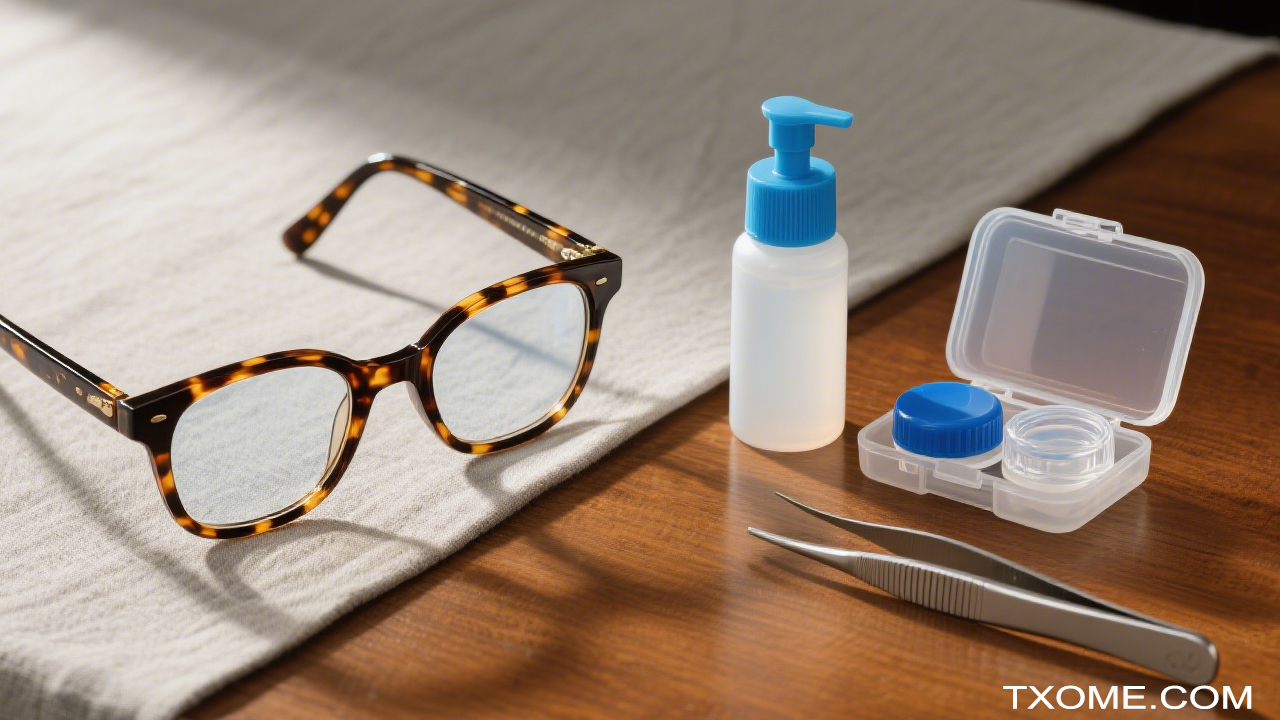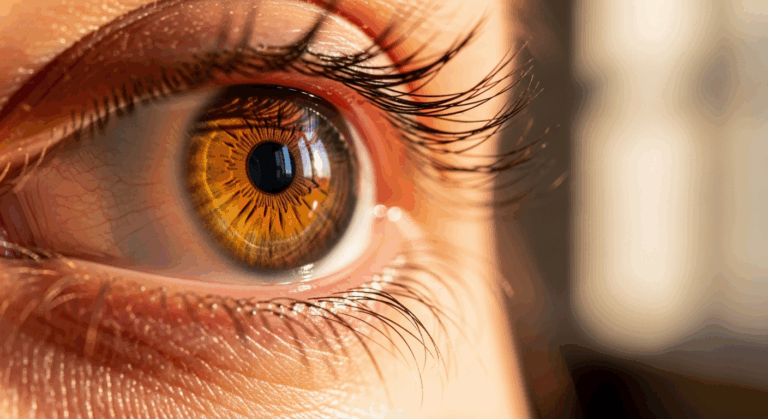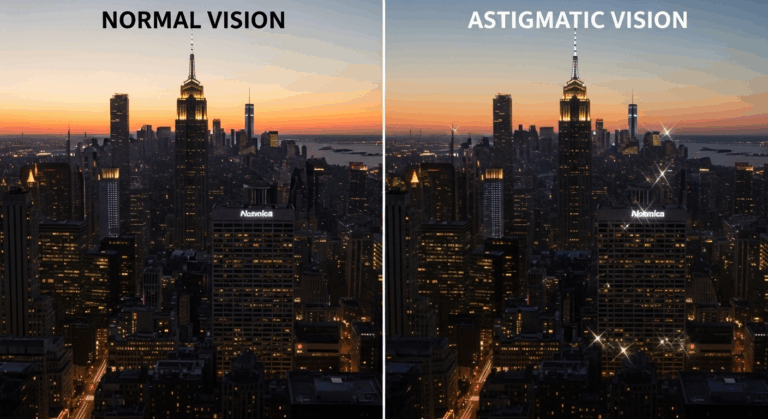It’s a common question for anyone considering switching between glasses and contact lenses: “Are contact prescriptions the same as glasses prescriptions?” The simple and crucial answer is no, they are not interchangeable. While both serve to correct your vision, they are fundamentally different for reasons of safety, comfort, and accuracy. Using your glasses prescription to purchase contact lenses can lead to discomfort, blurry vision, and even potential harm to your eyes.
This article will delve into the essential differences between the two types of prescriptions, explain the unique measurements required for contact lenses, and clarify why a professional contact lens fitting is a necessary step for healthy eyes and clear vision.
The Core Difference: Where the Lens Sits

The primary reason for the discrepancy between eyeglass and contact lens prescriptions lies in the distance between the lens and your eye. Eyeglasses rest approximately 12 millimeters away from your eyes, while contact lenses sit directly on the surface of your cornea. This seemingly small distance significantly impacts the level of correction needed, especially for stronger prescriptions. An optometrist must account for this “vertex distance” to ensure your vision is corrected accurately
Decoding Your Eyeglass Prescription
To understand the differences, it’s helpful to first know what the numbers and abbreviations on a standard glasses prescription mean:
- OD (Oculus Dexter) and OS (Oculus Sinister): These are Latin terms for your right eye (OD) and left eye (OS).
- Sphere (SPH): This indicates the main lens power needed to correct nearsightedness (myopia), indicated by a minus sign (-), or farsightedness (hyperopia), shown with a plus sign (+).
- Cylinder (CYL) and Axis: These measurements are for correcting astigmatism, which is an imperfection in the curvature of your eye. The CYL value indicates the amount of correction needed, and the Axis is a number between 0 and 180 degrees that describes the orientation of the astigmatism.
- Add: This is the additional magnifying power in the lower part of a multifocal or bifocal lens, used to correct presbyopia (age-related farsightedness)
- Pupillary Distance (PD): This is the distance between the centers of your pupils and is crucial for ensuring your glasses are made correctly.
The Added Complexity of a Contact Lens Prescription
A contact lens prescription includes all the elements of a glasses prescription but with several additional, critical measurements that are specific to the fit of the lens on your eye. These are determined during a contact lens fitting exam, which is a separate appointment from a regular eye exam.
Here are the key additional parameters you’ll find on a contact lens prescription:
- Base Curve (BC): This measurement, in millimeters, indicates the curvature of the back surface of the contact lens. It’s essential for ensuring the lens fits the shape of your cornea properly – not too tight and not too loose.
- Diameter (DIA): Also in millimeters, the diameter is the width of the contact lens from edge to edge. Along with the base curve, it determines how the lens will sit on your eye.
- Lens Brand and Material: Unlike glasses, a contact lens prescription specifies the exact brand and type of lens you are fitted for. This is because different brands use various materials that affect factors like oxygen permeability and water content, which are vital for your eye’s health.
- Expiration Date: Contact lens prescriptions typically expire after one year.This is to ensure you have regular check-ups to monitor the health of your eyes, as wearing contact lenses carries more risks than wearing glasses.
Why You Can’t Convert Your Glasses Prescription for Contacts
It is not possible to accurately and safely convert a glasses prescription to a contact lens prescription on your own, despite any online tools that may claim otherwise. As outlined above, the necessary measurements of base curve and diameter can only be determined by an eye care professional during a contact lens fitting.
During this fitting, your optometrist will not only take these precise measurements but also assess how the contact lenses interact with your eyes, checking for proper movement and any signs of irritation. They will also provide crucial guidance on inserting, removing, and caring for your lenses to prevent infections.
In Conclusion: Two Distinct Prescriptions for Two Different Needs
While both glasses and contact lenses can correct your vision effectively, their prescriptions are not one and the same. The key takeaway is that a contact lens prescription requires a specific fitting with an optometrist to ensure a proper and healthy fit. Always consult with your eye care provider to get the correct prescriptions for both your glasses and contact lenses to enjoy clear and comfortable vision.



